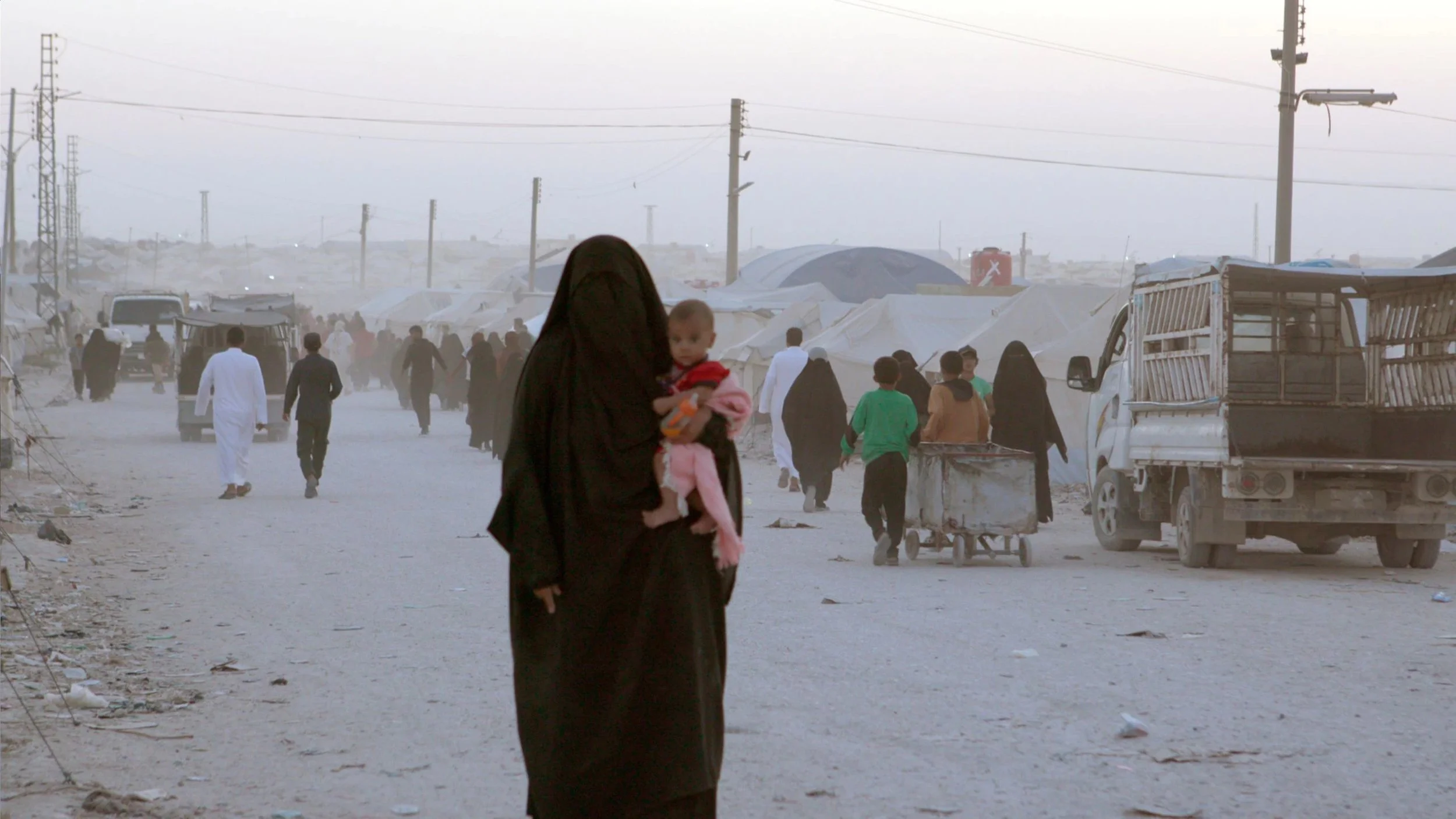Sabaya
Hogir Hirori’s deeply felt documentary follows a rescue operation to liberate Isis sex slaves from a refugee camp.
Hogir Hirori is a documentarist of many parts as witness the fact that in his latest film, Sabaya, he is director, writer, editor, photographer and co-producer. Furthermore, he is possessed of a special gift, one that is particularly suited to a film like this. I am referring here to Hirori’s ability to record events in a way which instinctively brings out the drama inherent in them but without ever resorting to self-conscious touches that would suggest that the filmmaker is manipulating the material to this end.
Sabaya is a film about the Yazidi Home Center situated in North East Syria. It’s a non-profit making organisation devoted to rescuing Yazidi women who, formerly members of this Kurdish minority living in the Sinjar district of Iraq, have been kidnapped and have ended up in the al-Hol camp which houses members of ISIS. These women - some in fact still children - have been brought there to be used as sex slaves and many have suffered this abuse for as long as five years. The Center is run by Ziyad and it functions by placing inside the camp women willing to infiltrate with the aim of tracing victims and providing sufficient details about individuals to enable members of the Center to drive in, locate them and bring out these sabayas (that being the term used when describing these unfortunates). As we see here, these attempts are often made under cover of darkness and not all are successful.
Hirori could have adopted a more distanced approach using a commentary and supplying background detail about the Center. Instead, he opts to focus on one volunteer, Mahmud, and he invites the audience to share Mahmud’s daily life revealing how he is regularly on call and devoted to the cause even if it monopolizes him and affects the time he spends with his family. We do, in fact, meet his wife, Sikam, their two young sons Suleiman and Shadi and his mother, Zahra. The family portrait is always there in the background, but it is the dangerous work done that is the central focus and we witness the response of several of those rescued as well as hearing the denials of some of those who had been overseeing them (these are often women). Scenes of recuperating at the Center also feature.
Nothing in Sabaya feels set up for the camera and the tone throughout is one of deep concern that eliminates any risk of the piece feeling exploitative in any way. In the later stages the material, which is at times slightly repetitive, moves on to consider the difficulties that can arise when the Center seeks to return rescued women to their families. Especially in those cases where women have a child by a member of ISIS, the families can be uneasy about accepting back a shamed daughter despite her fate having been beyond her control. We learn that 206 women have been rescued in this way but, when the film concludes with scenes that echo its opening images, we are reminded that tragically this is an ongoing situation. As many as 2000 such victims are thought to be missing still.
MANSEL STIMPSON
Featuring Mahmud, Ziyad, Sikam, Zahra, Suleiman, Shadi, Leila, Mitra.
Dir Hogir Hirori, Pro Hogir Hirori and Antonio Russo Merenda, Screenplay Hogir Hirari, from an idea by Lorin Ibrahim, Ph Hogir Hirori, Ed Hogir Hirori, Music Mohammed Zaki.
Lolav Media/Ginestra Film-Dogwoof.
91 mins. Sweden. 2021. Rel: 20 August 2021. Cert. 15.


